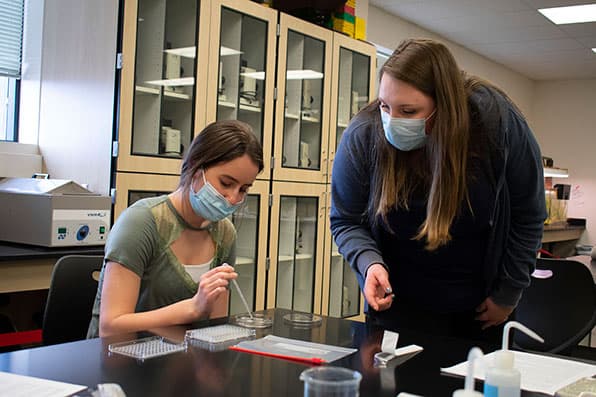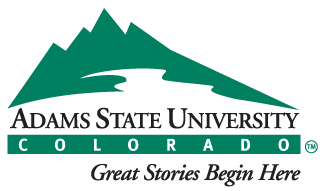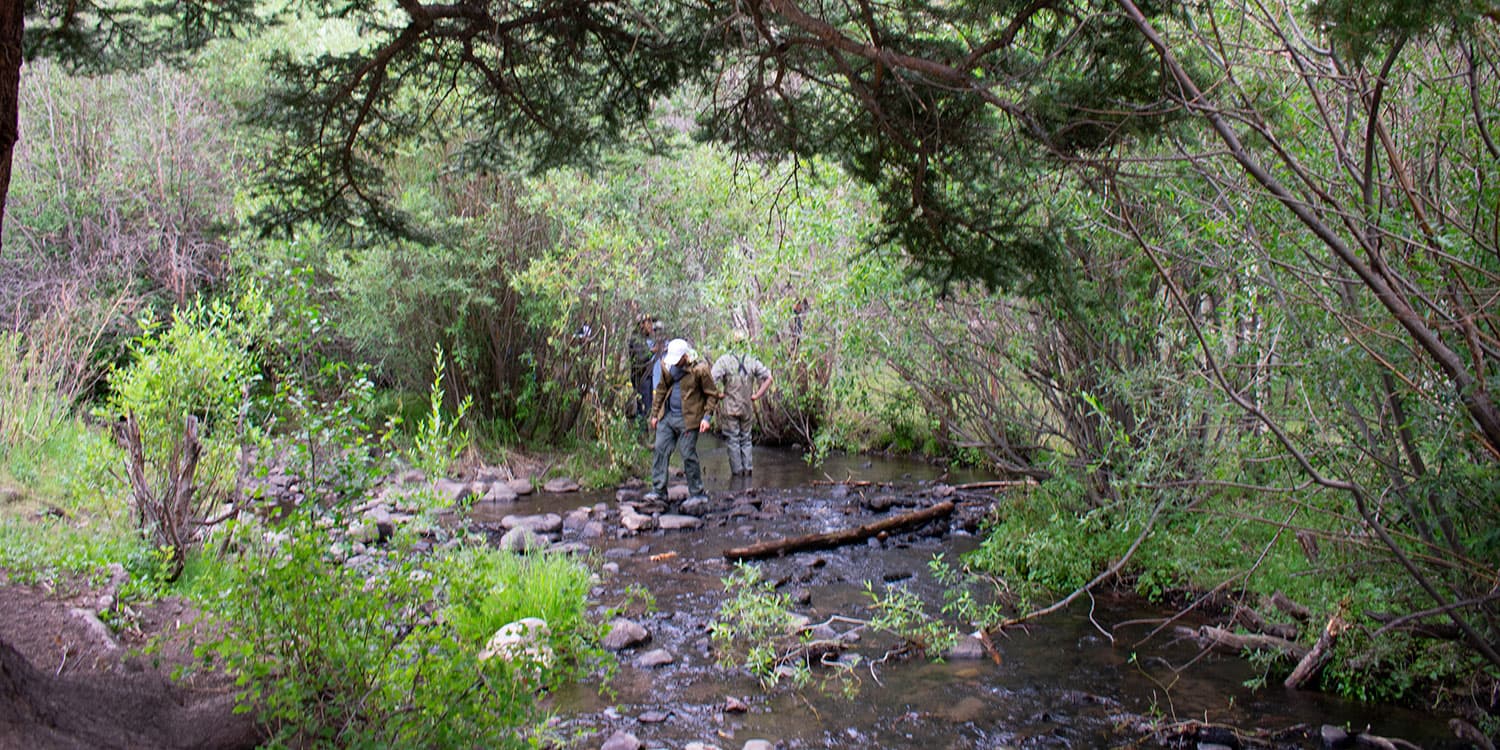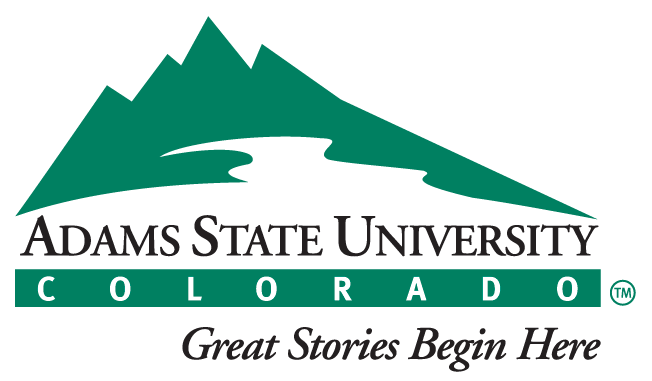Article by Linda Relyea and Kaitlyn Kelley
Cattle and creeks – who knew they had so much in common? But a unique research project allows Adams State University faculty and students to look at their connections and the vital role they play in the San Luis Valley.
For generations, cattle ranchers have supplied the market with quality meat and contributed to the economy. Mountain creeks are essential for a great diversity of life, from microorganisms to a bull moose and algae to the towering ponderosa pine, as well as providing a natural resource for fishing and a pleasant location for picnics or camping.
Water and beef – livelihoods for sure and starting in the fall of 2020 an opportunity for Adams State University students to conduct scientific research on their relationship. In 2019, the National Science Foundation awarded a 1.8-million-dollar grant to Adams State to study the effect of cattle grazing on woodland streams.
Kathleen White, who graduated this spring, loved being out in nature and getting to know professors and classmates better. “It was amazing being able to be a part of the research and have a say in a lot of it.”
Natural geography played a role
In the summer of 2020, Adams State professors and staff across science disciplines began initial work on the project. They visited potential locations for the research and discussed how to safely and accurately guide students in collecting samples through course-based undergraduate research experiences (CUREs).
According to NSF Grant Project Director Aaron Montoya, students and faculty together gathered, analyzed, and interpreted the data during their gateway STEM courses and as part of the coursework for these classes. The goal is to provide students more opportunities to experience research early in their college career.
Of course, choosing locations was an important aspect. The San Juan Mountain Range to the west was formed through volcanic activity lending to a more undulating territory as opposed to the Sangre de Cristo Mountain Range to the east, formed through upthrust creating steeper grades and slopes. These differences go beyond geoscience as cattle are less likely to thrive on grazing areas that are difficult to navigate. Therefore, only the San Juan’s public lands are leased to fatten livestock during the summer months.
Adams State students used the process known as the Rapid Stream Assessment Survey to measure the health of Rock Creek, in the San Juan Mountains, compared to North Crestone Creek, located in the non-grazed public lands of the Sangre de Cristo Mountains.
Pandemic didn’t stop the research
COVID-19 presented real challenges to implementing the study. In future years, all students in gateway STEM courses will have the opportunity collect data from the mountain streams. However, COVID travel restrictions made this impossible last year.
Rather than limit or stall the grant, professors hired students to work with them to collect the samples and then presented the collection techniques to the large groups of students back on campus. Students on campus analyzed and interpreted the data in their course while being mentored by Adams State upperclassmen and faculty.
The collection samples taken by Adams State students Coby Baer, Alexis Becker, Autumn Herrera, Aspen Stephens and White quantify the impacts on the ecosystem, including impacts on soil, water and organisms.

Stephens, a junior, found learning microbiology laboratory techniques interesting and fun. “I practiced problem-solving skills and learned more about research strategies in ecology, biology, and microbiology.”
The students not only collected samples from the water but also assessed the quality of trees, grass, and other vegetation with a scoring sheet to see the impact of grazing. “There was a lot of planning and lots of different elements that went into this type of research,” White said.
The seniors presented their findings to the biology classes, which sharpened Stephens public speaking and teaching skills and helped her better understand her role in research. Although it did the same for White, it also pushed her out of her comfort zone. “I am not going to lie, presenting was nerve-raking but it prepared me for future presentations and helped me get more comfortable with doing so.”
Unique work for scientific research
Montoya and co-principal Investigator and Assistant Professor of Biology Dan Gibson-Reinemer, Ph.D., appreciated aspects of the project not always associated with scientific research.
“I enjoyed the chance to bring a more tangible and unknown question to the General Biology I class they investigated as first-year students, which may spark a lifelong interest,” Gibson- Reinemer says.
It was also a new, positive endeavor in the midst of a challenging year. “It was nice to uncover new questions and discover elements of the unknown during the otherwise restrictive time of the pandemic,” Gibson- Reinemer added.
Montoya is excited about the total immersion for students in creeks. The CURE courses also work to deepen cultural knowledge about water in the West. “We explore the kind of stories that our students have with creeks as part of their culture. We ask the students to write about what a creek means to them and their heritage as well as study the hard scientific research.”
The research continued in general biology classes as well as general chemistry courses this spring.



